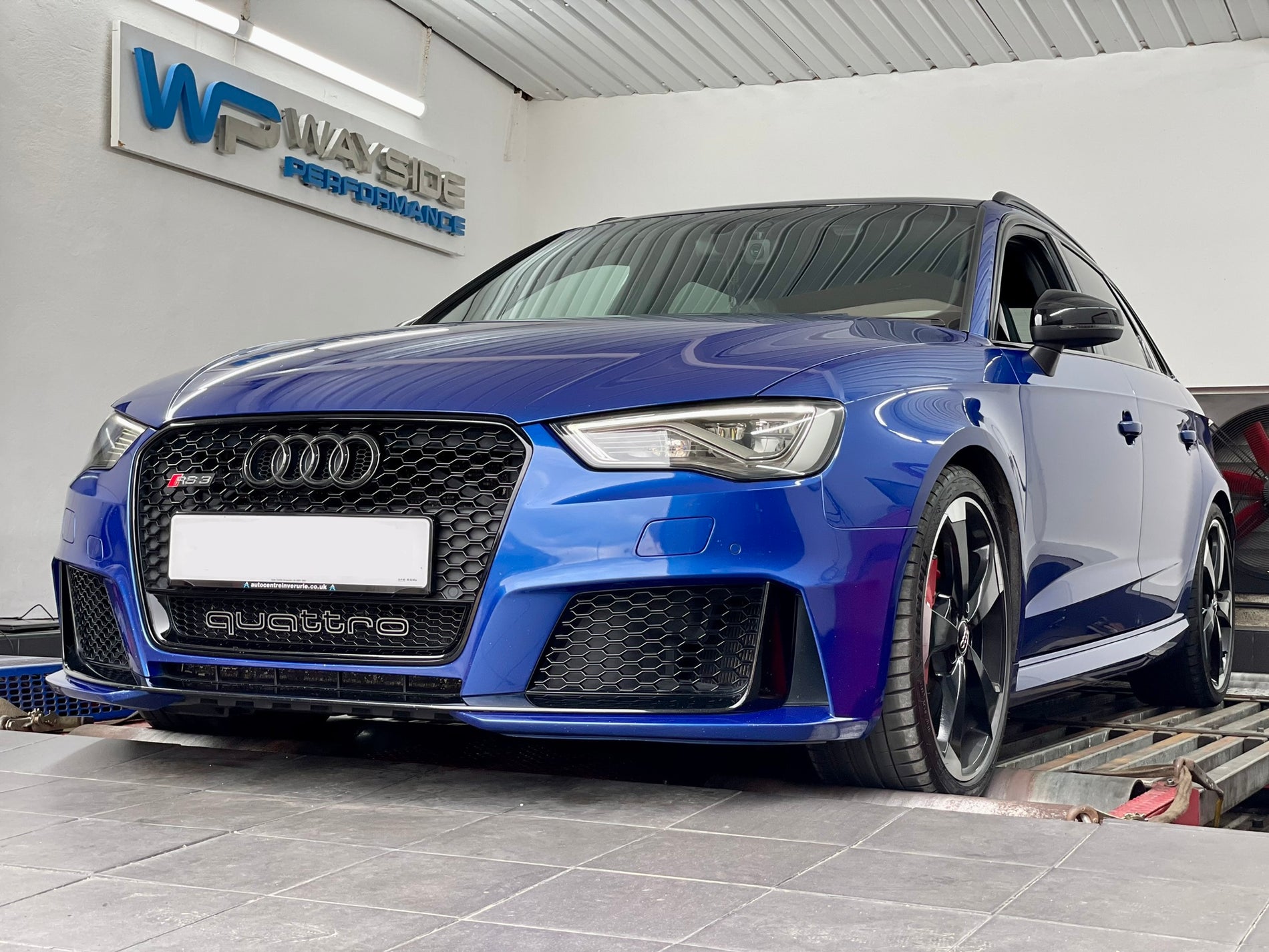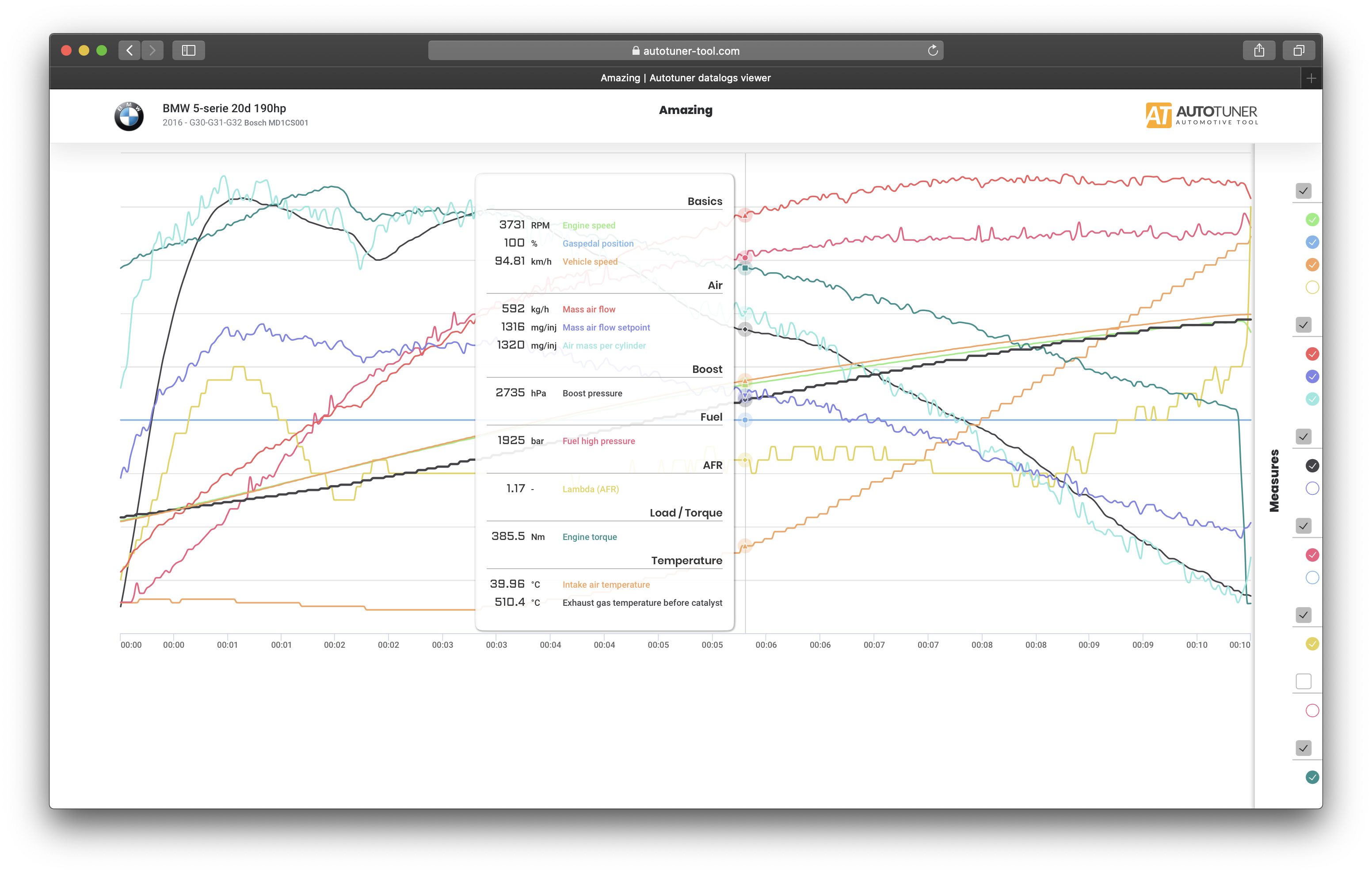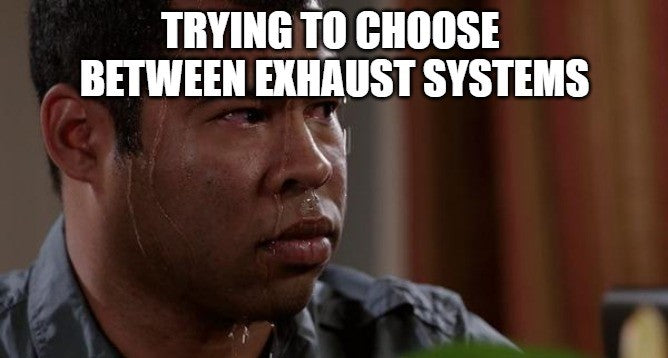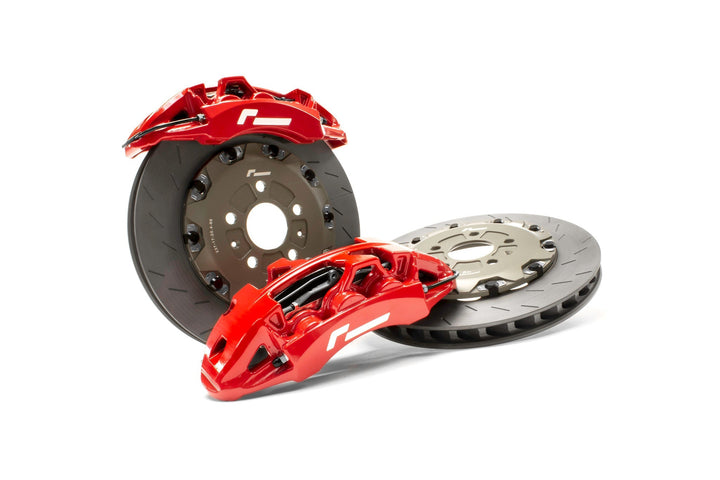If you own a performance car you have no doubt looked into tuning it. Most modern cars can see significant increase in power from a simple remap and today, we're going to discuss a popular topic - Dyno Tuning vs Road Tuning.
The Two Main Types of Dynamometers
There are two primary types of dynamometers used in the automotive world: the engine dynamometer and the chassis dynamometer.
-
Engine Dynamometer: As the name suggests, an engine dynamometer measures the power output directly at the engine's crankshaft. The engine is removed from the vehicle and mounted onto the dynamometer, allowing for controlled testing and precise measurement of engine performance.
-
Chassis Dynamometer: In contrast, a chassis dynamometer measures the vehicle's performance while it's still intact and driving on its wheels. The car is driven onto the dynamometer, and its wheels rest on rollers that simulate road conditions. This type of dyno is more commonly used for performance tuning and emissions testing, as it provides a more practical and accessible approach.
Hub dynos are another popular option, they work almost identically to a chassis dyno except the road wheels are removed and the dyno bolted directly to the hub.
By eliminating wheel spin, heat, and drag from the tires, hub dynos typically provide a more accurate and controlled testing environment compared to a traditional chassis dyno but do have a much longer set up procedure.
How Does a Dynamometer Work?
An electrical braked dynamometer, also known as an eddy current dynamometer, is a type of dynamometer that uses electricity to apply a load to the engine. This load can simulate real-world driving conditions or hold the engine steady at any point in the rev range, allowing for accurate measurement and analysis of the engine's performance.
The electric eddy current brake is controlled by electronics that regulate the current flowing through the brake coils. By adjusting the current, the dynamometer can vary the level of resistance and control the load on the vehicle's drivetrain.
The benefits of dyno tuning
Precision Tuning: Dyno tuning is all about precision. The dynamometer helps tuners to make minute adjustments to engine parameters, such as air-fuel ratios, ignition timing, and boost levels, with far more precision than could be achieved by taking datalogs on the road.
Data-logging: Using a dynamometer allows for safe and repeatable data logging, the higher quality the data-logging, the higher quality of adjustments you can make to the tune.
Maximum Power Gains: In a controlled dyno environment, tuners can normally push the engine closer to its limits, extracting maximum power gains without compromising reliability due to being able to see in real time how tune adjustments affect performance.
Far more efficient: Dyno tuning is more efficient, saving time and money as tuners can fine-tune the engine with greater accuracy in a shorter period of time.
Road Tuning
Real-World Simulation: Road tuning takes place in actual driving conditions, allowing the tuner to experience how the car performs in real-world scenarios. This includes factors such as road surfaces, inclines, traffic conditions, and ambient temperatures. Tuning in these conditions can lead to a more well-rounded and practical setup for everyday driving.
Versatility: Road tuning enables adaptability to different driving situations. Whether it's city commuting, motorway cruising, or spirited driving on twisty roads, the tuner can fine-tune the car's behaviour to suit various driving preferences.
Real feedback: Road tuning offers valuable real-world feedback on your car's actual driving performance. While impressive dyno numbers may be exciting, they don't always translate to an optimal driving experience. Tuning on the road ensures that your car's performance aligns with your expectations.
Summary
Having explored the advantages of each method, we believe that a combination of both road tuning and dyno tuning yields the best possible results. Using the dyno for initial tuning calibration due to speed and accuracy and then final data-logs and adjustments, if necessary, should be carried out on the road to fine-tune the car for real-world driving conditions.
For the average stage 1/2/3 tune on a road-going car using the standard ECU, relying solely on dyno tuning will deliver a far superior result compared to road tuning.
Our commitment to offering the best tuning for all our clients has led us to heavily invested in our state-of-the-art 4WD dyno setup, allowing us to safely and consistently tune nearly every make and model of car.
If you're interested in unlocking the full potential of your car, please don't hesitate to contact us or simply input your registration details on our website below.










1 comment
Excellent information and a awesome read.